13 Parts of a Volcano: The Anatomy of Volcanoes
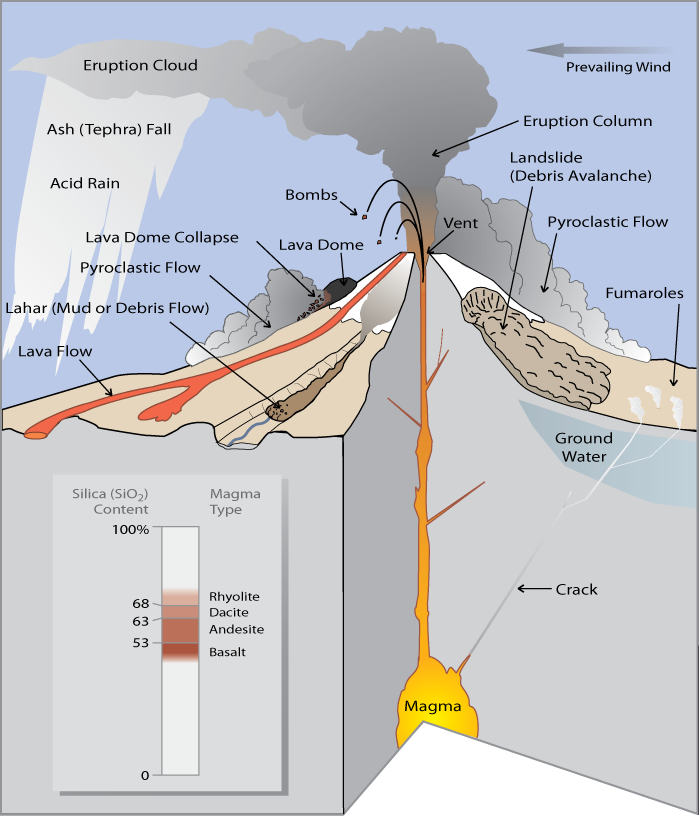
Parts of a Volcano
Volcanoes are often considered as one of the most destructive forces on Earth.
But do you know the anatomy of a volcano?
From tephra to volcanic bombs, it’s time to explore the 13 parts of a volcano. Let’s dive right in.
1. Magma
When rocks become so hot, they can become a substance called magma. It collects in magma chambers on average 1 to 10 km below the surface.
Magma chambers play a crucial role in the Earth’s geology as they serve as reservoirs for molten rock, eventually leading to volcanic eruptions when the pressure builds up sufficiently.
2. Vent
Magma is lighter than the solid rock around it, so it rises. Eventually, some of the magma pushes through vents creating a volcanic eruption.
Volcanic vents, also known as volcanic openings or fissures, serve as pathways for the magma to reach the Earth’s surface during volcanic eruptions.
3. Lava Flow
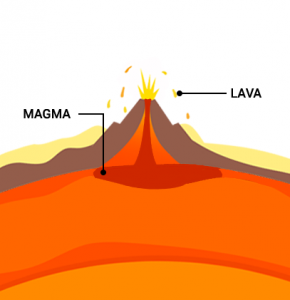
Magma that erupts is called lava. If magma is thin and runny, gases can escape easily from it. When this type of magma erupts, lava flows outside the volcano.
Lava flows are the molten rock that oozes onto the Earth’s surface after a volcano eruption. These lava flows can vary in temperature and viscosity, resulting in different types of volcanic landforms and landscapes.
4. Volcanic Bombs
Volcanic bombs, often ejected with great force, can travel significant distances from the volcano before solidifying into various shapes and sizes, contributing to the geologic features of volcanic landscapes.
These molten rocks are thrown out from a volcano and are at least 66mm in size. On exit, they cool down and become extrusive igneous rocks.
5. Lava Dome
Lava domes are fascinating geological features that can grow over time as layers of lava accumulate. They often pose potential hazards due to their instability and the potential for explosive eruptions when pressure builds beneath them.
When lava is too thick and sticky, it piles up around the vent and forms a dome. These circular mounds protrude from volcanoes because of the slow release of viscous lava.
6. Eruption Column
An eruption column is a towering plume of volcanic ash, gases, and other materials ejected high into the atmosphere during a volcanic eruption. It even has the potential to impact climate and aviation.
These clouds of heated ash and tephra are released from a vent during an explosive volcanic eruption. Within an eruption column and cloud, highly charged particles can generate thunder and lightning.
7. Eruption Cloud
Eruption clouds are billowing masses of volcanic gases, ash, and particles that rise into the atmosphere during volcanic eruptions, often creating hazardous conditions for both the environment and human health.
Ash falls back down like powdery snow. But it’s snow that won’t melt. These blankets of ash suffocate plants and animals. The eruption cloud can extend up to 12 miles above a volcano. Then, it can reach thousands of kilometers in distance raining ash over regions.
8. Tephra
If magma is thick and sticky, gases cannot escape easily. Pressure builds up until the gases escape violently and explode.
In this type of eruption, magma blasts up into the air and breaks apart into pieces called tephra. Tephra can range in size from tiny particles of ash to house-size boulders. Tephra destroys everything in its path.
9. Acid Rain
Volcanic eruptions can release sulfur dioxide and other gases into the atmosphere, which, when combined with moisture, can lead to the formation of acid rain.
When sulfur dioxide and nitrogen oxide emitted from volcanoes react with water molecules in the air, it produces acid rain. This can potentially impact ecosystems and water quality.
10. Lahar
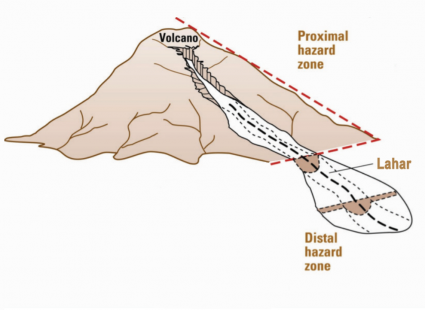
When hot volcanic material mixes with water from streams or snow and ice, lahar mudflows form. Mudflows can bury entire communities like Mount St. Helens in the 1980s.
The positive outcome is that volcanic material breaks down and weathers to form some of the most fertile soils. However, the destructive side of lahars is that they can devastate entire communities and ecosystems when they flow rapidly down volcanic slopes.
11. Pyroclastic Flow
A pyroclastic flow is a fast-moving mixture of hot gas, volcanic ash, and fragmented rock that can travel down the slopes of a volcano at incredible speeds.
Pyroclastic flow moves away from a volcano and incorporates tephra. When lava domes collapse, it can create hot pyroclastic density currents. This poses a significant danger to anything in its path.
12. Fumaroles
Holes, cracks, or fissures are on the surface near volcanoes. Fumaroles are vents on a volcano’s surface where gases and steam escape into the atmosphere.
They emit steam and volcanic gases, such as sulfur dioxide and carbon dioxide. Fumaroles create pathways for rising heat, volcanic gas, and magma. It often creates eerie landscapes reminiscent of an alien world.
13. Crack
Cracks, also known as fissures or fractures, can form on a volcano’s surface due to tectonic stresses, allowing magma to rise and potentially leading to eruptions.
Openings stemming down into the pool of magma. Cracks and fumaroles act like a window so scientists can get a glimpse of the gases inside volcanoes.
Parts of a Volcano: The Anatomy of Volcanoes
Volcanoes are one of the most fascinating geological phenomena on Earth.
The beauty, power, and mystery behind these natural phenomena make them a source of fascination and awe that we never tire of watching.
Alternatively, you can use the comment form below or email us with your questions and comments about volcanoes.

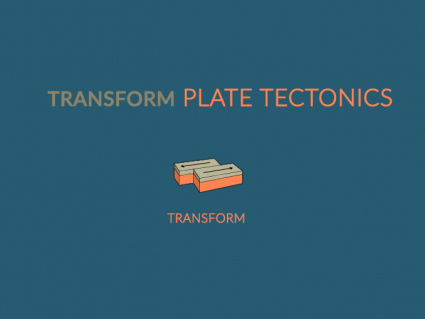
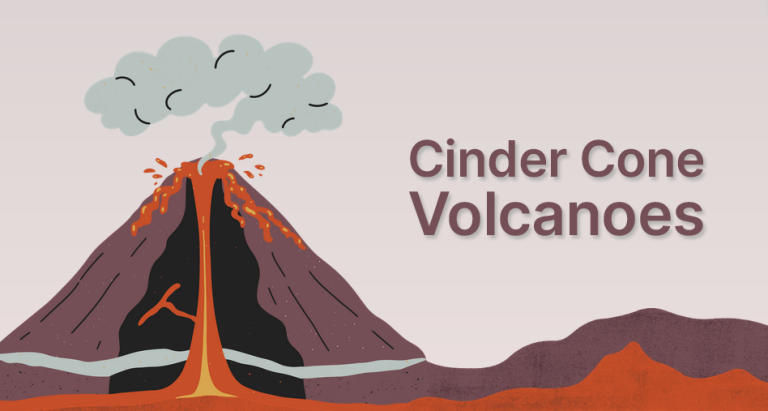
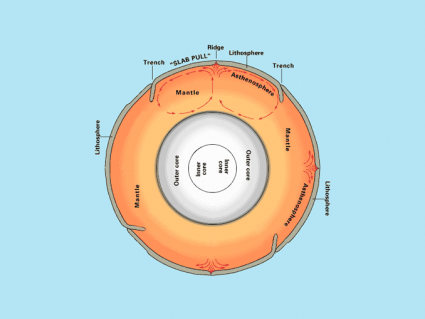
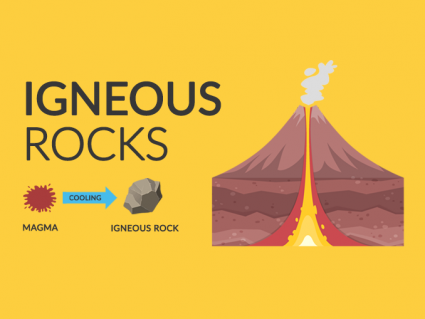
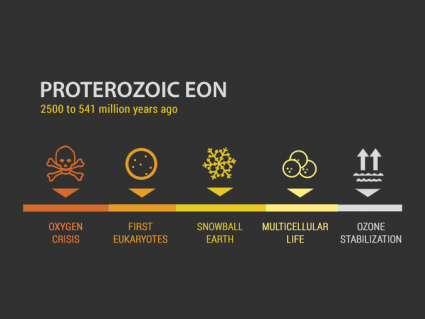
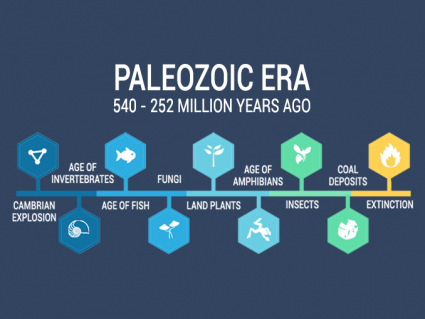
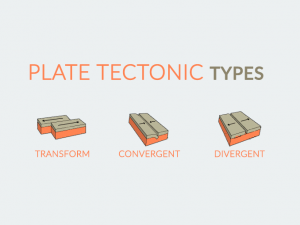
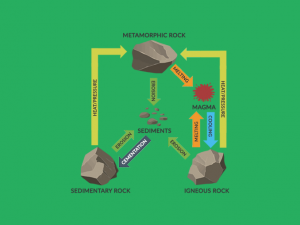
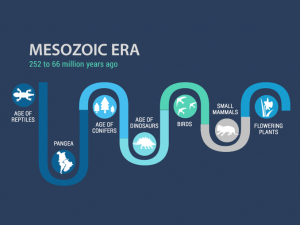
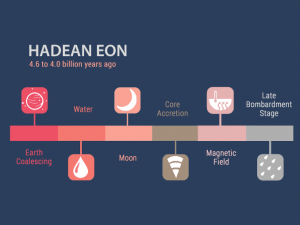
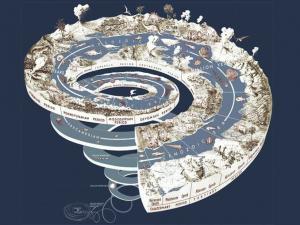
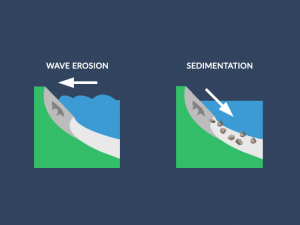
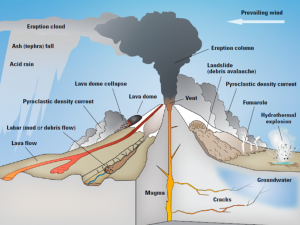
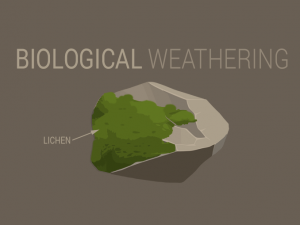
thanks for your help
I am using this for a project
Crater?
I’m using this for a project
How big can the cracks get on the floor? How thick is the magma under us?
It’s interesting to me how it was made.
When does it stop? How much magma is under us? Why does it force its way out? How does the magma find a volcano to break out with explosive force? In Palma Island, can the mountain side collapse and cause a great tsunami? Is that what is expected? What are scientists measuring?